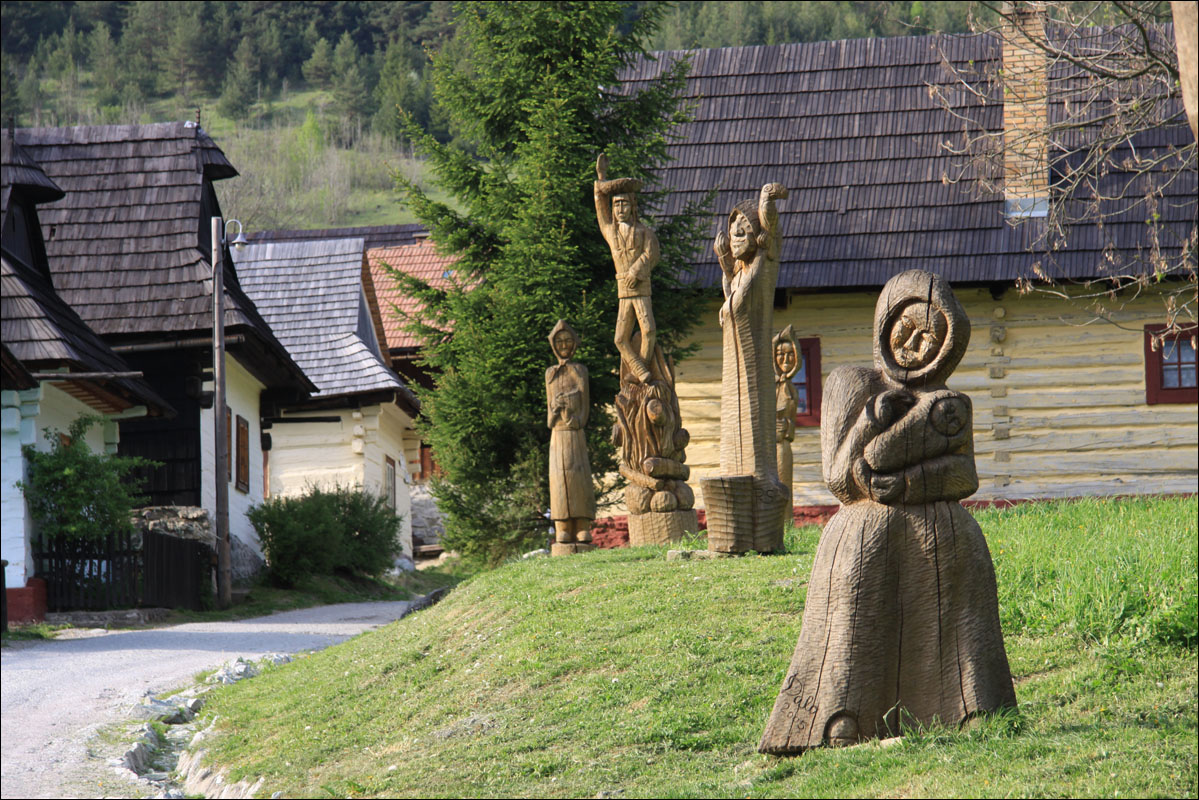
Bratislava is the capital of Slovakia and the country's largest city, situated on either side of the Danube River at the borders of Austria and Hungary, and within easy reach of the Czech Republic.
It is the centre for arts and culture, and boasts many museums, art galleries, palaces and ornamental churches in and around its historic old town. Bratislava also takes pride in its cultural heritage, with a musical history going back to Mozart, Beethoven and Hummel. Music concerts and ballet performances take place almost daily in the city, competing for attention with the likes of those in neighbouring Vienna, Prague and Budapest.

The city is ideal for strolling around, taking in the sites of the city. The Old Town district is crammed with historical structures representing the different cultures and nations of its past, centering on Hlavné Námestie, the town square. Numerous Baroque palaces are contained within the old town, as well as St. Martin's, an 11th-century Gothic cathedral; the town hall, housing the oldest museum in the country; and a gate preserved from the medieval city fortifications. One of the most conspicuous structures in the city is Bratislava Castle, a former frontier post for the Roman Empire situated on a plateau overlooking the Danube.

As Europe's newest capital city, Bratislava is still lagging behind Budapest and Prague in terms of popularity, but word of its picturesque charm and affordable elegance is spreading, and the city is rapidly being thrust into the limelight as a popular European city break destination. An increase in low-cost flights from around Europe is also partly responsible for its rising recognition, and lately Bratislava has also become a popular weekend destination for stag parties, primarily from the UK. The city is also the cultural capital of the region, and diversions ranging from restaurants and nightclubs to ballet and boutiques are on offer.
Attractions

Bratislava Castle
Situated on a hill 269 feet (82m) above the city, Bratislava Castle is a prominent structure on the city's skyline and provides excellent views of the city, as well as over Austria, and even Hungary in fine weather. It has been inhabited for thousands of years due to its important location on the Danube River in central Europe, and has been destroyed and rebuilt several times in its history, as well as undergoing a series of reconstructions and extensions. Four towers make up the enormous castle building, enclosing a courtyard and collections of the Slovak National Museum, as well as a Treasure Chamber.
Old Town Hall
Set in the heart of Bratislava's historic city centre, the Old Town Hall is the perfect place to begin your holiday in Slovakia's capital city. The oldest stone building in the downtown area, its Gothic tower was erected in 1370, before the rest of the building was completed in the 15th century by joining three adjacent townhouses together. A distinctive building, photogenically tiled, it now principally functions as the home of the Bratislava City Museum. The Museum is small, but certainly worth a look, housing a collection of strange and creepy artefacts: torture instrument, the old town dungeons, antique weapons and armour and even a cannon-ball that was shot into the wall by Napoleon's forces in 1809. In the summer, the Old Town Hall hosts open-air music concerts in its courtyard. Many of Bratislava's other great tourist sights (such as the Main Square and Primate's Palace) are within easy walking distance of the Old Town Hall, and there are numerous cafes and eateries where you can stop in and sample some excellent Slovakian cuisine.
Excursions
Devin Castle
High Tatras National Park

Piestany

Vlkolinec

Events

Jánošík Days
Named for the beloved folk hero Juro Jánošík, whose reputation is akin to Robin Hood, Jánošík Days in Terchová are a celebration of Slovakia's culture, focussing on music, painting, dance, photography and religion. There are religious services held, as well as concerts, folk jamborees, and carnival-style entertainment for all ages. The biggest draws are the concerts held in the Nad Bôrami Amphitheatre, which seats 6,000 spectators, and the slightly smaller festival tent. |
No comments:
Post a Comment